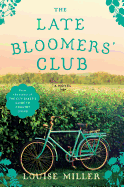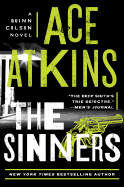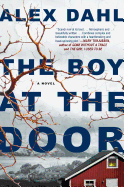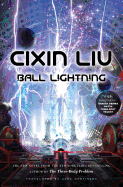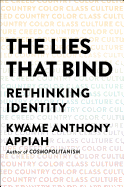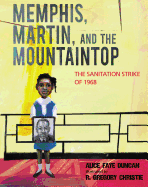 |
| photo: Blue Trimarchi |
David Shannon was born in Washington, D.C, in 1959 and grew up in Spokane, Wash. He graduated from Art Center College of Design in Pasadena, Calif., sold his pickup truck and moved to New York City in 1983 to start a career in editorial illustration. Shannon's work has appeared in Time
, Newsweek
, Rolling Stone
and the New York Times
, as well as on numerous book jackets and posters. In 1988, he illustrated his first children's book, How Many Spots Does a Leopard Have?
by Julius Lester. After illustrating several books by other authors, he was encouraged to try writing his own stories. His first book was How Georgie Radbourn Saved Baseball
, which was named a New York Times
Best Illustrated book in 1994. In 1999, the semi-autobiographical No, David!
received a Caldecott Honor. Shannon has written and/or illustrated more than 35 books for children. He lives in Los Angeles with his wife and daughter. Grow Up, David!
(Scholastic, $17.99) is the fifth book in the David series and a celebration of the 20th anniversary of No, David!
Grow Up, David! is the fifth David book in the 20 years since No, David! was first published. How do you feel about having such a long-running series of children's books?
I feel extremely fortunate that David has had such longevity. I had a mom and daughter come up to me recently with a book I'd signed to the mom when she was little. She wanted me to re-sign it to her daughter this time! Pretty cool.
Why did you want to come back to David now, seven years after the last David book?
Well, I wasn't going to make any more David books, but my amazing editor, Bonnie Verburg, is celebrating the 25th anniversary of her imprint at Scholastic, the Blue Sky Press. She really wanted one to celebrate both birthdays, and I'd been kicking around an idea about brothers. I realized if I did it with David, it could take him in a new direction that would still fit in with the other books.
When you wrote No, David!, did you expect it to become a series?
Yeah, I started making the second book, David Goes to School, before No, David! even came out. I had so much fun with the first one that I wanted to go to the next level of authority: teacher! I've always been grateful to Bonnie and Scholastic for trusting and supporting me with that.
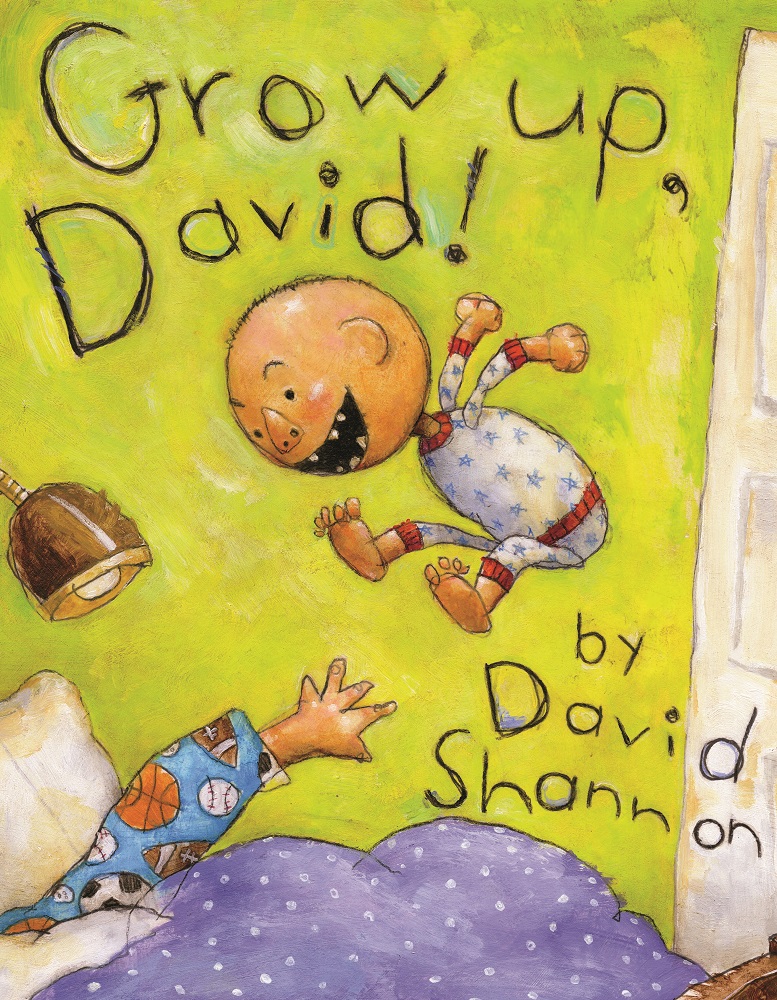 Do you always use the same artistic medium? What do you do to make each book with a new subject stand out artistically from the rest?
Do you always use the same artistic medium? What do you do to make each book with a new subject stand out artistically from the rest?
I try to vary the drawing and painting to reflect the story. I used to mainly use acrylics, but I switched to oils a few years ago when my daughter got old enough not to eat paint. There are many different ways to use paint that will vary the look and feel of images--thin paint, thick paint, washes, glazes, rubbing it on, wiping it off. There's usually some colored pencil or crayon in there, too. I just finished a book that is mostly ink. It was a little weird doing Grow Up, David! There were a few places I had to go back and figure out how I did something!
You're celebrating another anniversary: the first children's book you illustrated was for Julius Lester, now 30 years ago. What is it like to be looking back at a few decades of really wonderful, successful work? What is it like to have people repeatedly ask you how you feel about your decades of work?
Ha! I don't get asked that very much, but thank you! It's pretty awesome--I mean, who knew?! I try to never forget how lucky I am to be able to make books--even when I'm complaining!
What are you looking forward to in your next 20 years of creating books for kids?
More fun, seriously.
Can we hope for more David books?
No plans right now, but I guess you never know. He just keeps coming back!
Is there anything else you'd like to share with Shelf Awareness readers?
Oh, I'd just like to thank everyone who's made David's 20 years such a blast. That's really been the best part for me--seeing how much fun everyone has with the little troublemaker! --
Siân Gaetano, children's and YA editor,
Shelf Awareness
David Shannon: 20 Years of No, David!
 I can go to France for an evening or two with Julia Child's masterpiece collection, Mastering the Art of French Cooking (I have an antique two-volume set from my grandmother, and the spine cracks open to her favorite recipes). Bourdain's Les Halles Cookbook, like his restaurant of the same name, highlights French-style bistro cooking (think steak frites and escargot instead of Child's boeuf bourguignon or chocolate souffles). And Rachel Khoo's My Little French Kitchen collects newer food trends from around the "mountains, market squares and shores of France."
I can go to France for an evening or two with Julia Child's masterpiece collection, Mastering the Art of French Cooking (I have an antique two-volume set from my grandmother, and the spine cracks open to her favorite recipes). Bourdain's Les Halles Cookbook, like his restaurant of the same name, highlights French-style bistro cooking (think steak frites and escargot instead of Child's boeuf bourguignon or chocolate souffles). And Rachel Khoo's My Little French Kitchen collects newer food trends from around the "mountains, market squares and shores of France." Indian Cooking Unfolded breaks down traditional Indian plates in a cleverly designed book with fold-out recipe spreads for key dishes. Author Raghavan Iyer simplifies complex spice blends and techniques into recipes that can be easily adapted and combined to make any number of dishes and meals; the same can be said for Rasika: Flavors of India, from the chefs behind the Washington, D.C., restaurant of the same name.
Indian Cooking Unfolded breaks down traditional Indian plates in a cleverly designed book with fold-out recipe spreads for key dishes. Author Raghavan Iyer simplifies complex spice blends and techniques into recipes that can be easily adapted and combined to make any number of dishes and meals; the same can be said for Rasika: Flavors of India, from the chefs behind the Washington, D.C., restaurant of the same name.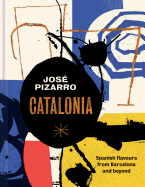 When the weather is cold and grey, and I long for a tropical vacation I can't take, I look at dishes in Caribbean Potluck from Suzanne and Michelle Rousseau. When I'm craving an immersive experience, as much centered on food as on the experience and history of a place, I'll page through Jose Pizarro's Catalonia: Spanish Recipes from Barcelona and Beyond, or Marcus Samuelsson's The Red Rooster Cookbook, which embeds stories and essays about Harlem with recipes inspired by Mexico, Ethiopia, the Caribbean and other cultures found in that New York neighborhood. --Kerry McHugh, blogger at Entomology of a Bookworm
When the weather is cold and grey, and I long for a tropical vacation I can't take, I look at dishes in Caribbean Potluck from Suzanne and Michelle Rousseau. When I'm craving an immersive experience, as much centered on food as on the experience and history of a place, I'll page through Jose Pizarro's Catalonia: Spanish Recipes from Barcelona and Beyond, or Marcus Samuelsson's The Red Rooster Cookbook, which embeds stories and essays about Harlem with recipes inspired by Mexico, Ethiopia, the Caribbean and other cultures found in that New York neighborhood. --Kerry McHugh, blogger at Entomology of a Bookworm



 Do you always use the same artistic medium? What do you do to make each book with a new subject stand out artistically from the rest?
Do you always use the same artistic medium? What do you do to make each book with a new subject stand out artistically from the rest?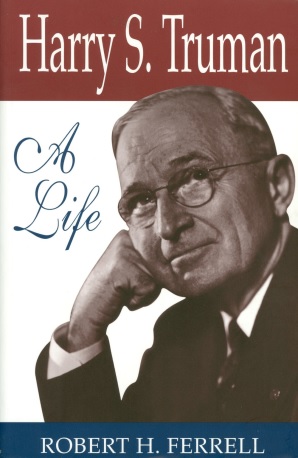 American historian and author Robert H. Ferrell died on August 8 at age 97. Ferrell was best known for his scholarly work on American involvement in World War I, United States diplomacy and several 20th-century presidents, particularly Harry S. Truman. Ferrell served in the U.S. Army Air Forces during World War II and was an Air Force intelligence analyst during the Korean War. After earning a doctorate from Yale in 1951, Ferrell spent several decades as a history professor at Indiana University. He wrote or edited 60 books, including 11 about President Truman, beginning with Off the Record: The Private Papers of Harry S. Truman (1980) and including the bestseller Dear Bess (1983), a collection of hundreds of letters Truman wrote to his wife between 1910 and 1959.
American historian and author Robert H. Ferrell died on August 8 at age 97. Ferrell was best known for his scholarly work on American involvement in World War I, United States diplomacy and several 20th-century presidents, particularly Harry S. Truman. Ferrell served in the U.S. Army Air Forces during World War II and was an Air Force intelligence analyst during the Korean War. After earning a doctorate from Yale in 1951, Ferrell spent several decades as a history professor at Indiana University. He wrote or edited 60 books, including 11 about President Truman, beginning with Off the Record: The Private Papers of Harry S. Truman (1980) and including the bestseller Dear Bess (1983), a collection of hundreds of letters Truman wrote to his wife between 1910 and 1959. 